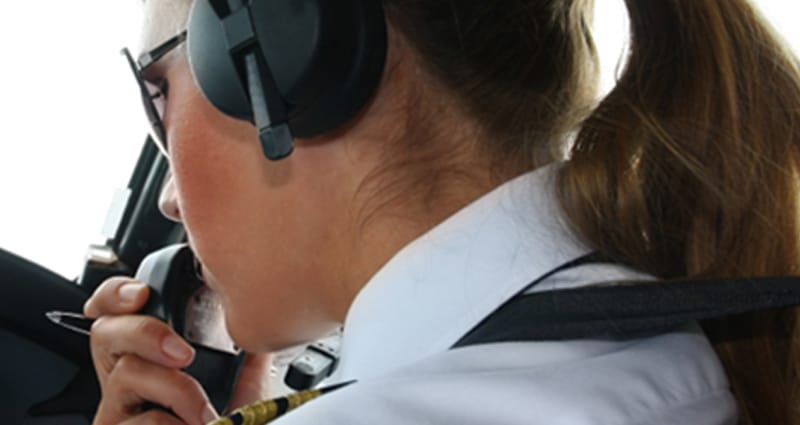From Where I Sit…We should never grow tired of dealing with fatigue

Fatigue: A battledress or uniform worn by military for use in combat as opposed to “display” dress or formal uniform worn at parades and functions.
For ex-military pilots this definition of fatigue is easy to understand. But, the concept of fatigue associated with pilot performance in the aviation industry is complex, somewhat ambiguous and difficult to address.
Fatigue can result in pilot error, slowed or incorrect responses to emergencies and missed opportunities. Obviously, there is a clear case for additional focus on fatigue and fatigue risk assessment. NASA even reported the concerns to the U.S. House of Representatives. “…pilot fatigue impacts aviation safety with unknown magnitude.”
The subject of pilot fatigue and the dangers associated with fatigue have been debated and argued for as long as there have been passenger aircraft. Lacking confidence in the commercial sector to adequately “self-police,” the FAA created flight and duty time regulations for airlines and charter operators. The effectiveness of these rules in reducing fatigue risk is arguable. Some believe the rules create even bigger problems. Regardless, the Feds are most certainly reviewing the need for expanding the commercial rules to encompass Part 91 operations.
They know that some Part 91 flight departments have, over time, accepted a fly until you drop mentality. Once that kind of culture is established and accepted, it can be difficult to overcome. The challenges associated with changing the way you schedule and fly within appropriate fatigue management boundaries revolve around several factors. But, if you fly for a “fatigue dysfunctional” organization, you will probably have to overcome the following mindsets:
- We have always operated this way and have not had any issues or accidents;
- Costs associated with hiring additional crew members or considering crew repositioning during a tech stop are too difficult; and
- “If you are unwilling to fly the mission I will find someone who can.”
We all want to keep our jobs. But at the same time it is our responsibility to ensure each and every mission is successful and that our passengers experience an accident/incident free trip. We should, as aviation professionals, always be willing and ready to operate—as long as we have adequate rest and are appropriately healthy.
I am in no way suggesting the regulators create a new bunch of duty and flight time guidelines for Part 91 operations. But, if we don’t want that flood of regulation, we need to self police. There are numerous tools that Part 91 aviators and operators can use to address fatigue and develop guidelines. We can do something to prevent exposing crews, passengers and others to this risk. The NTSB, NBAA and FAA have resources for developing Fatigue Risk Management Systems (FRMS). Get onboard and use this stuff.
During my career as a business aviation pilot, I encountered situations that could have resulted in disaster had I not addressed my personal symptoms of fatigue. As humans, we are all configured differently, and our fatigue symptoms can vary greatly. You owe it to yourself, your passengers and our industry to recognize your personal fatigue symptoms and be prepared to manage that risk if the situation warrants.
Along with continued education, process development and attention, we as aviation professionals can continue to lower the accident and incident trends related to fatigue. Remember, if we don’t want to be regulated, it is our responsibility as professionals to keep our house in order. That’s the way I see it from where I sit.

The Pacific Northwest Business Aviation Association is dedicated to promoting the interests and recognition of the regional business aviation community.
http://www.pnbaa.org/
© 2024 Pacific Northwest Business Aviation Association. All Rights Reserved.
Next ArticleRelated Posts

The Flip Side of Psychological Safety
From a human factors perspective, we might be evolving towards a partial power situation. In the evolving landscape of workplace dynamics in pursuit of improved safety, the concept of psychological safety has gained significant traction. It’s the bedrock of an organizational culture that fosters open communication, innovation, and growth.

Passenger Pressure
The vast quantity of knowledge that must be stuffed into a pilot’s head is just one reason only 0.2% of the U.S. population has at least a Private Pilot Certificate. As the ratings grow, the percentages decrease even further. There are a variety of reasons the pilot population is small and dwindling. Having the self-discipline to get all that knowledge into one brain through study, training and experience is daunting and costly. However, once you get paid to fly, it’s all worth it.

